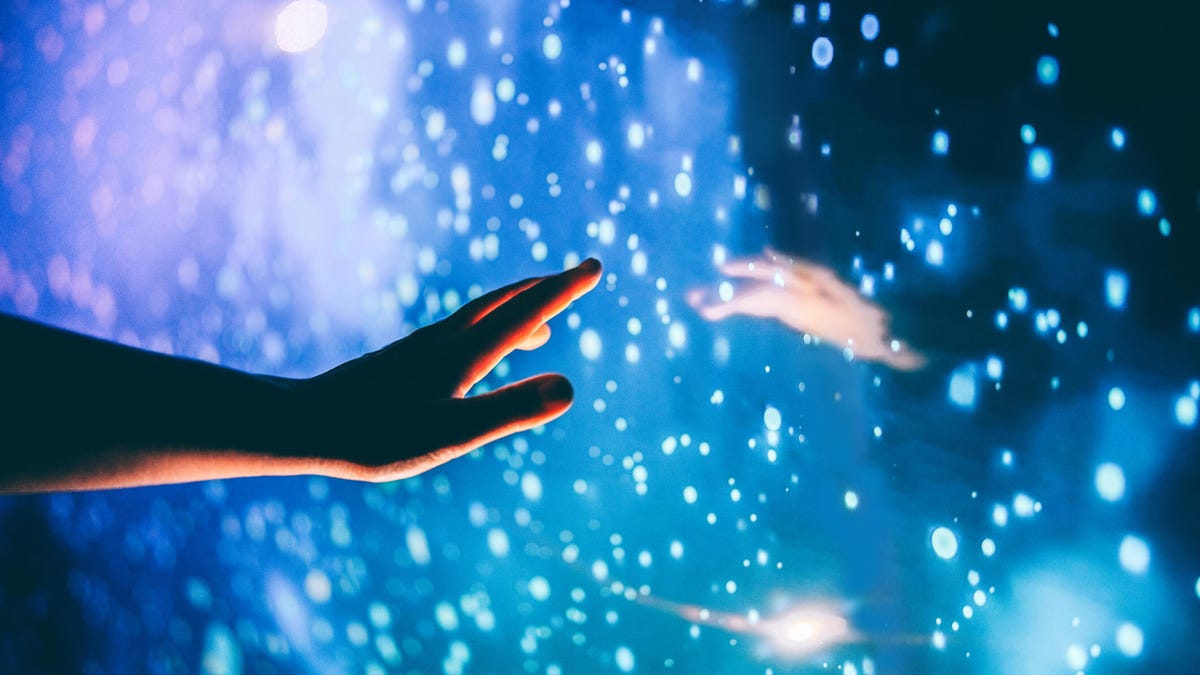Key Points
- Sam Altman asked Jakub Pachocki during an OpenAI livestream how meaning will look in an AI‑driven future.
- Pachocki emphasized that meaning derives from engaging with processes, crafts, and analog experiences.
- Hands‑on activities like knitting, handwriting, and glass‑blowing provide fulfillment that AI cannot replicate.
- Generative AI tools such as ChatGPT, Sora, NotebookLM, Claude, Gemini, and Grok automate many tasks but lack embodied experience.
- Physical pursuits—martial arts, yoga, climbing, dance—may grow as antidotes to AI saturation.
- Personal, tactile connections, exemplified by handwritten notes, convey meaning beyond digital reproduction.

OpenAI Livestream Sparks a Deep Question
In a recent OpenAI livestream, chief scientist Jakub Pachocki finished a discussion on AI‑related layoffs when CEO Sam Altman turned to him and asked, “What do you think meaning will look like?” The unexpected query shifted the conversation from technical concerns to the human search for purpose in an AI‑augmented future.
Access to Knowledge and the Process of Learning
Pachocki answered that the expanding capabilities of artificial intelligence will make a vast amount of knowledge accessible, allowing people to understand more about the world. Yet he emphasized that true meaning is rooted in the act of participation—engaging with a task, investing effort, and experiencing the process itself.
Value of Craft, Analog Experiences, and Imperfection
The conversation highlighted how people continue to find satisfaction in activities that cannot be fully automated. Pachocki cited examples such as knitting, hand‑rolling dough, painting, and handwriting, noting that the fulfillment comes from the hands‑on involvement rather than the final product.
He also described a recent glass‑blowing demonstration at a museum, where an artist shaped molten glass at temperatures exceeding 2,000 degrees. The audience was captivated by the artist’s negotiation with physics, imperfections, and material limits—an experience Pachocki said no AI could replicate.
Generative AI Tools and Their Limits
The discussion referenced several generative AI systems, including ChatGPT, Sora, NotebookLM, Claude, Gemini, and Grok, which can produce essays, photorealistic videos, and cross‑library connections. While these tools automate many cognitive tasks, Pachocki argued that they do not replace the embodied, physical aspects of creation that give meaning.
Physical Pursuits as Antidotes to AI Saturation
He suggested that activities emphasizing bodily engagement—such as martial arts, boxing, yoga, climbing, hiking, and dance—may become more popular as people seek antidotes to an AI‑saturated environment.
Personal Connections and Human Touch
The importance of personal, tactile connections was illustrated by a handwritten note from a friend, whose unique script and physical presence conveyed meaning that a perfectly forged AI‑generated version could not match.
Conclusion: Meaning in the Age of AI
Overall, Pachocki’s perspective frames meaning as emerging from the slow, inefficient, imperfect, and risky aspects of human activity that AI strives to eliminate. The human hand, effort, and presence become the signatures of meaning in a world where digital optimization is ubiquitous.
Source: cnet.com
